10 Apr Children are Linguistic Geniuses
Children are Linguistic Geniuses
Because I speak Spanish
I can listen to my grandmother’s stories And say familia, madre, amor!
Because I speak English
I can learn from my teacher And say I love school!
Because I am bilingual
I can read ‘libros’ and ‘books’, I have ‘amigos’ and ‘friends’, Enjoy ‘canciones’ and ‘songs’, ‘juegos’ and ‘games’
And have twice as much fun!
And someday,
Because I speak two languages, I will be able to do twice as much
To help twice as many people And be twice as good!
– Alma Flor Ada
Why do we have Bilingual Program Toy Blocks?
Parents would agree that knowing a foreign language proves to be an advantage in a professional career. However they wonder, is it necessary to introduce foreign language learning in the pre- school curriculum? In this blog, we will explain why we start to teach a language as early as 8 old months baby and what language teaching methods we use.
Communication and language learning is an instinctive process, the neural circuits of our brain are naturally wired to learn, produce, compose, perceive and analyze languages. We begin communicating at conception, from kicking inside the womb to communicating with parents through eye contact, facial expressions, and gestures as an infant.
At Toy Blocks, we go beyond the idea that children learn to ‘master’ a language faster when they’re exposed to it as early in life as possible – the fundamentals of a new language are established in the brain and retained better when the brain’s language center is still is in its growing stages. The natural advantage of being a culturally diverse nation is that we hear at least two languages at home while growing up, which promotes our ability to switch between languages and speak fluently in both!
How does language affect a child’s brain development?
At Toy Blocks, we create an atmosphere where your child learns a language in a playful way, interacting with the teacher and memorizing new sounds and words. Our brains are physiologically designed to learn languages before we reach puberty. It’s a good idea to start learning as early as possible.
The prime biological critical period for language development is between 6 and 12 months. It extends from 0-3 years of age. During these ideal critical periods, the babies’ brains are most sensitive to absorb the sounds that they are surrounded with, as the brain is most flexible. During these years learning a second or third language for a child is as easy as learning their primary language or learning to walk.
Children learn to distinguish between different phonemes (like an “s” sound, a “sh” sound, and so on). When we expose a child to various languages (different from the mother tongue) during the early stage of life, we are able to teach and train a child’s brain to identify differences between the sounds of various languages. The ability to differentiate sounds allows people to learn a foreign language even as adults. It also promotes the strengthening of the brain regions involved in language and auditory development.
Research highlights various benefits that bilingual babies would have:
- Higher “cognitive flexibility” allows children to focus better and adapt to solutions and responses faster
- Stronger attention and consistent brain exercise as bilingual brains compete and choose a language from the multiple activates ones.
- More adept at problem-solving such as categorizing, sorting, differentiating, etc. Bilingual brains have improved command centers, which strengthens skills to solve mentally complex tasks more easily.
- Enhances thinking skills, critical skills, and mental flexibility. Bilingual babies learn that when languages change, the object remains the same. Example. ‘Red’ in English is ‘Rouge’ in French, however, the color is the same. So a rose is both ‘red’ and ‘rouge’.
- Promotes communication and socio-emotional development. Acquiring knowledge of two or more languages impacts the processing of thoughts and words of children. It promotes the use of more languages and an understanding of emotions.
We worry that learning two languages will confuse or distract young children. Young brains are more flexible than adult brains, and bilingual brains learn immeasurable skills. The increased cognitive abilities effectively impact effective communication and improve accuracy in communication expression (feelings and empathy).
How are the bilingual lessons at Toy Blocks Preschool?
The Bilingual Program includes foreign languages and is a part of all of the programs, the foremost being the Mother-Infant Program for children from 8-18 months of age.
During the Bilingual classes at Toy Blocks, the educator speaks to the child in a foreign language using the method what is called “The Direct Method”. It’s based on the active involvement of the child in involving both, speaking and listening to the new language in everyday situations. For example, when the educator enters the classroom, she waves and greets the child: “Bonjour! (Good Morning!)” Or “Hola! (Hello!)”. Gradually the child makes the association between the greeting gesture and the word in the new language. In this way, the vocabulary of the foreign language increases over time.
Windows of opportunity for language development occur throughout life. The window for syntax or grammar is open during the preschool years and may close as early as five or six years of age, while the window for adding new words never closes completely.
5 Effective Language Learning Methods at Toy Blocks Preschool
- Flashcards by Glenn Doman Method
The Doman reading program can begin any time starting at the age of 3 months. To begin, we need large cards with a picture of an object and its name in a foreign language. Note that the font should be large and red. After preparing these cards, the parent must show the 5 cards twice a day. Once thechild has memorized the object and its name, the card can be changed. This method will help your child learn new words, it will also speed up the possibility of learning to read easily. - Practice & Repetition
Children learn through repetition and active engagement associating with another language. When children are aged 8-18 months, we repeat the names of objects in a foreign language and for older children, we use the play method, in which we say the objects in English, and later, we repeat the same activity and communicate about the same words in the second language. - Use Gestures & Physical Demonstrations
Pairing non-verbal communication gestures with verbal vocabulary, words, and sounds help children comprehend languages better. When your child can associate your gestures, facial expressions, and physical demonstrations with vocabulary, your child is more likely to comprehend and remember those words and their meanings. - Create a Positive Learning Environment
Our learning philosophy at Toy Blocks aims at creating an atmosphere that the children enjoy. We follow the Reggio method, and we always take into account the mood of the child and create an approach accordingly. We believe that if a child is in a bad mood, the first thing we should do is identify the cause of the frustration and eliminate it before we start teaching. Happiness! If you only remember one thing, it would be this word. This word all by itself will get you to where you want to go. - Music
Saving the best for the last, music is a great way to help the child learn words and phrases in the new language. Music makes kids interested in a foreign language, and the process of learning phrases is quicker. The patterns in this nursery rhyme are a great way to become familiar with appropriate pronunciations. It’s also a more interesting introduction to basic French and Spanish grammar, including using possessive adjectives and negation.It is likely that bilingual babies would grow up to be more accommodating, and inclusive adults. They would be more interested in broadening their horizons and enriching their understanding of other cultures, lifestyles, and world-views, making them a champion of diversity and empathy – we certainly need more of such future citizens. We’re proud to be nourishing and guiding a few of them here at Toy Blocks.
I only speak one language.
My friend at school speaks two.
Sometimes I hear her
Singing to herself
Talking with dad
Thinking aloud
And I wish my brain held
Two words for ‘dog’
Two worlds of sounds
Two countries in a month.
I have only one word
For ‘spoon’
For ‘sock’
For ‘moon’
For ‘clock’.
My friend sings two songs
And I wonder…






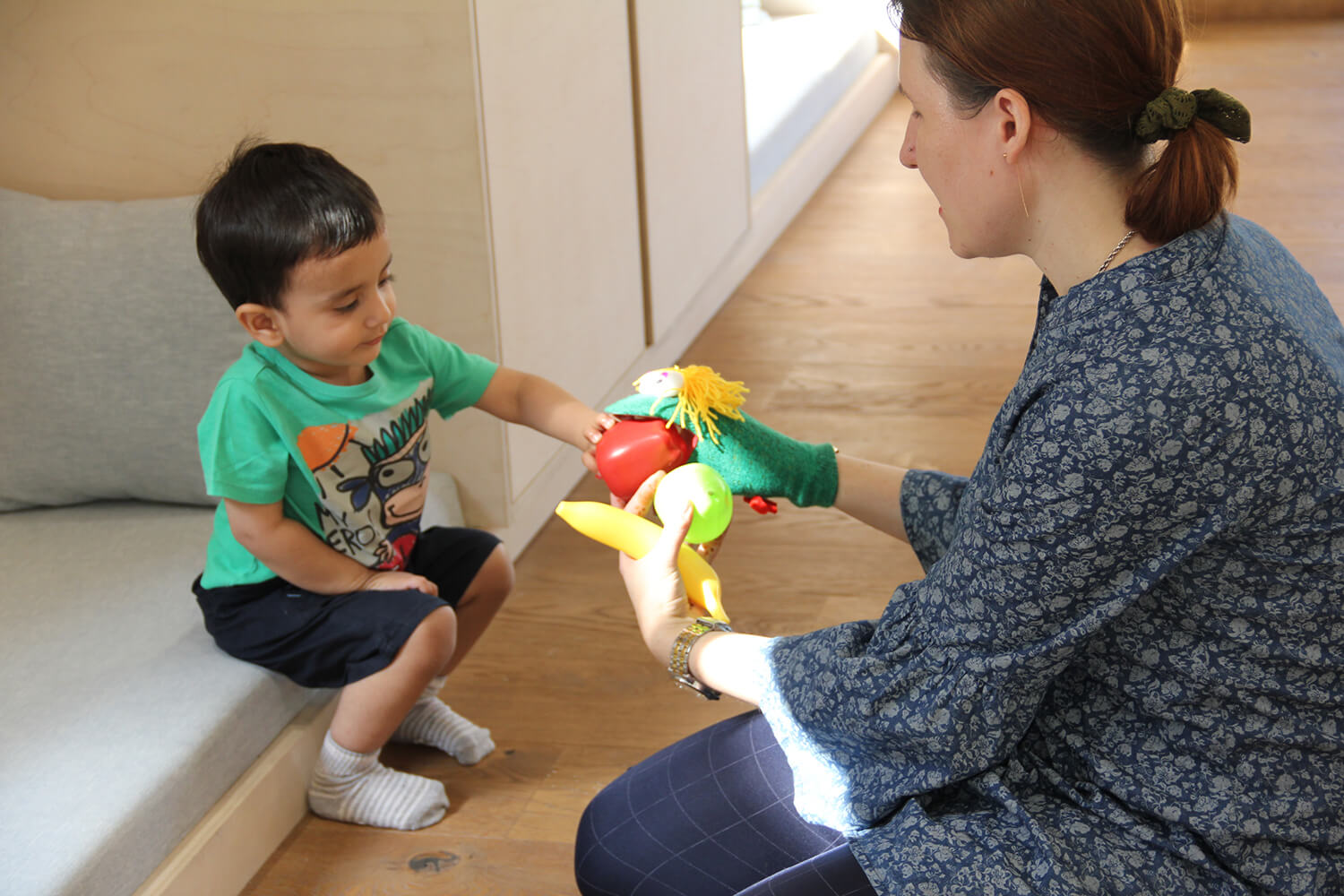

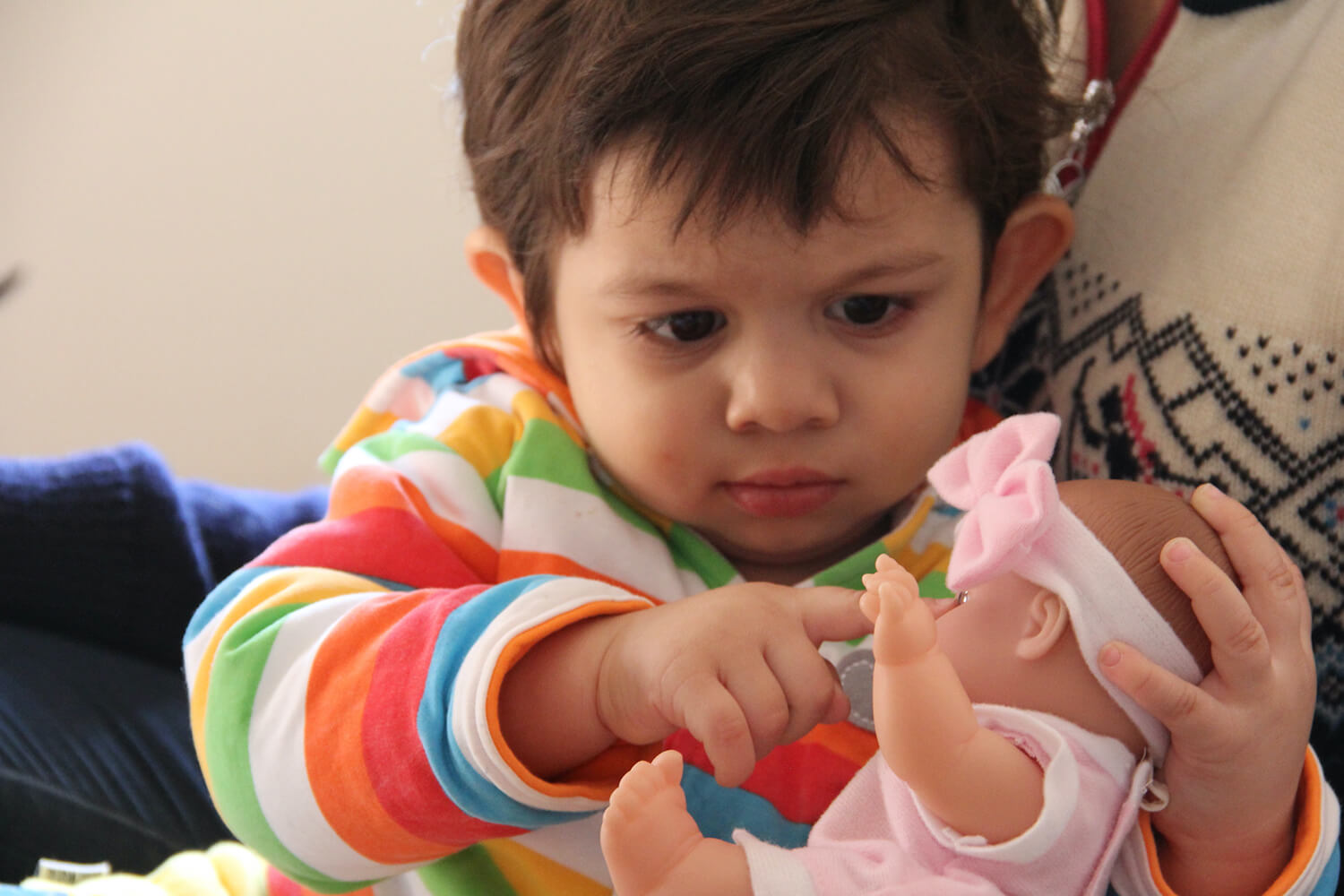
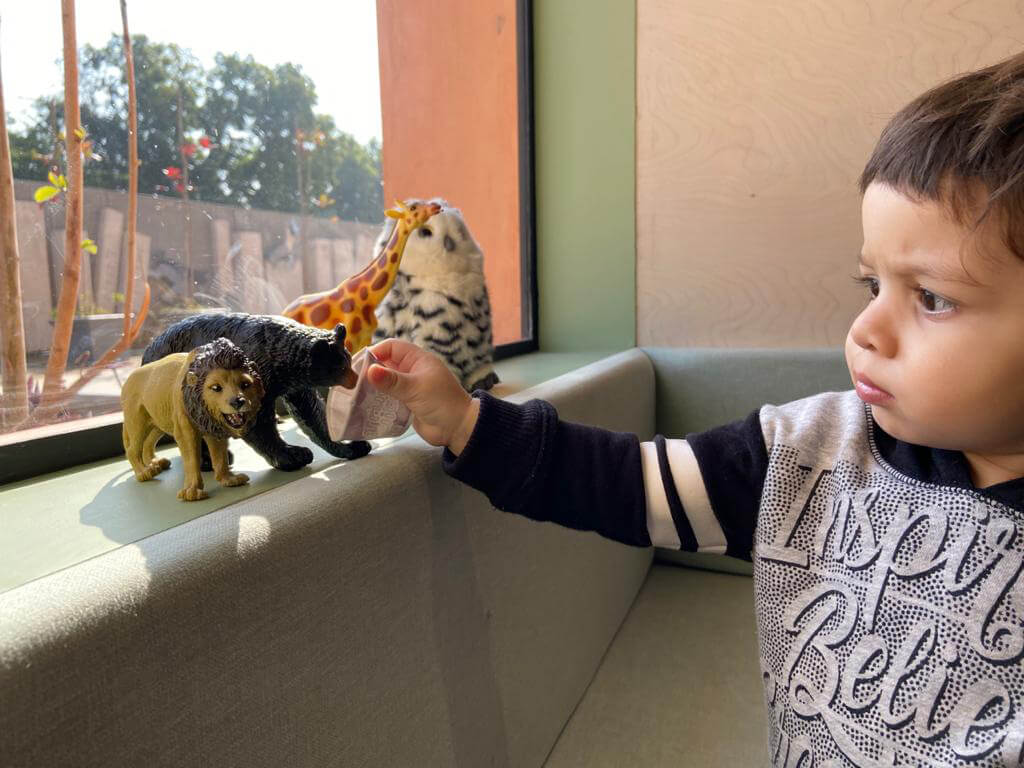
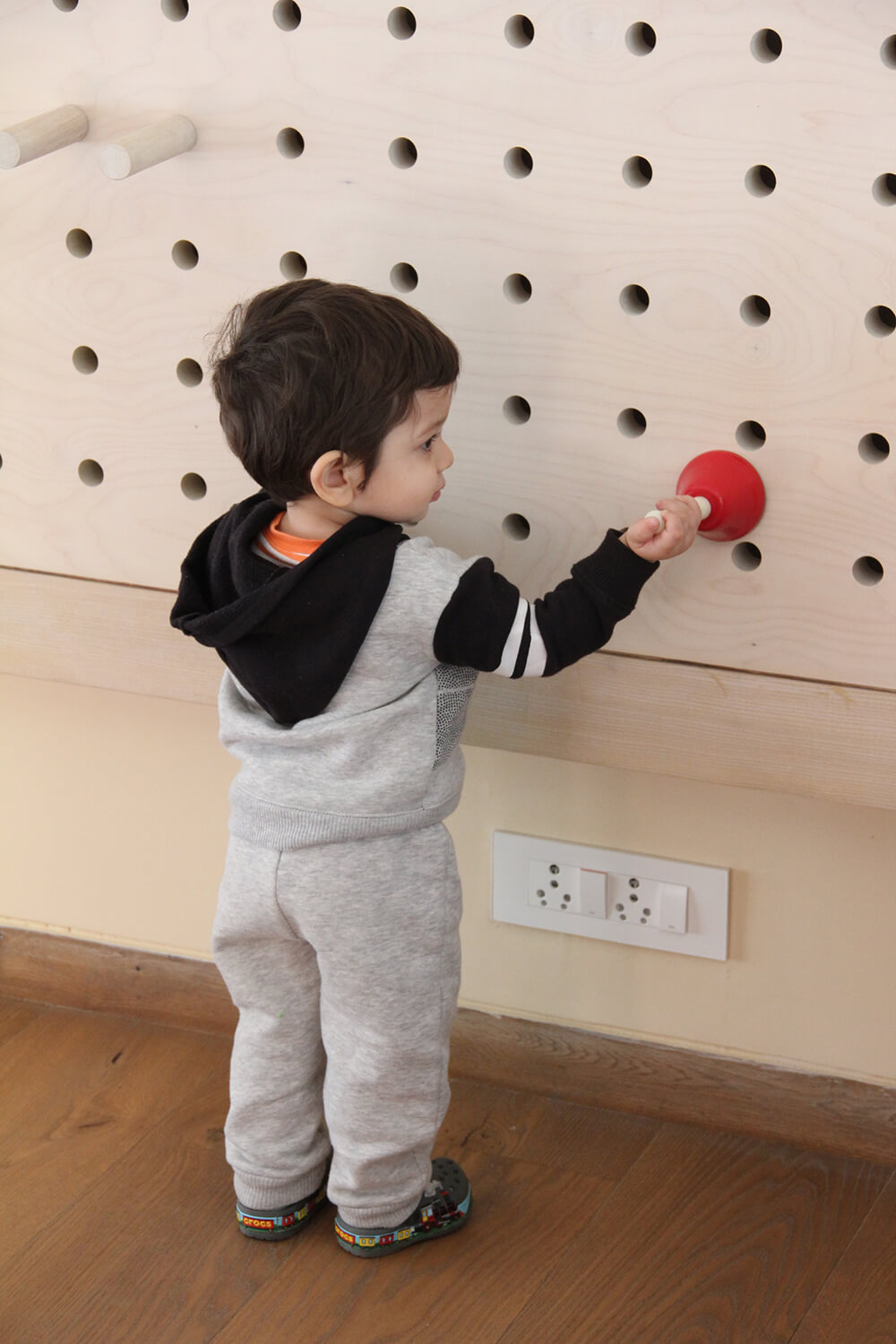

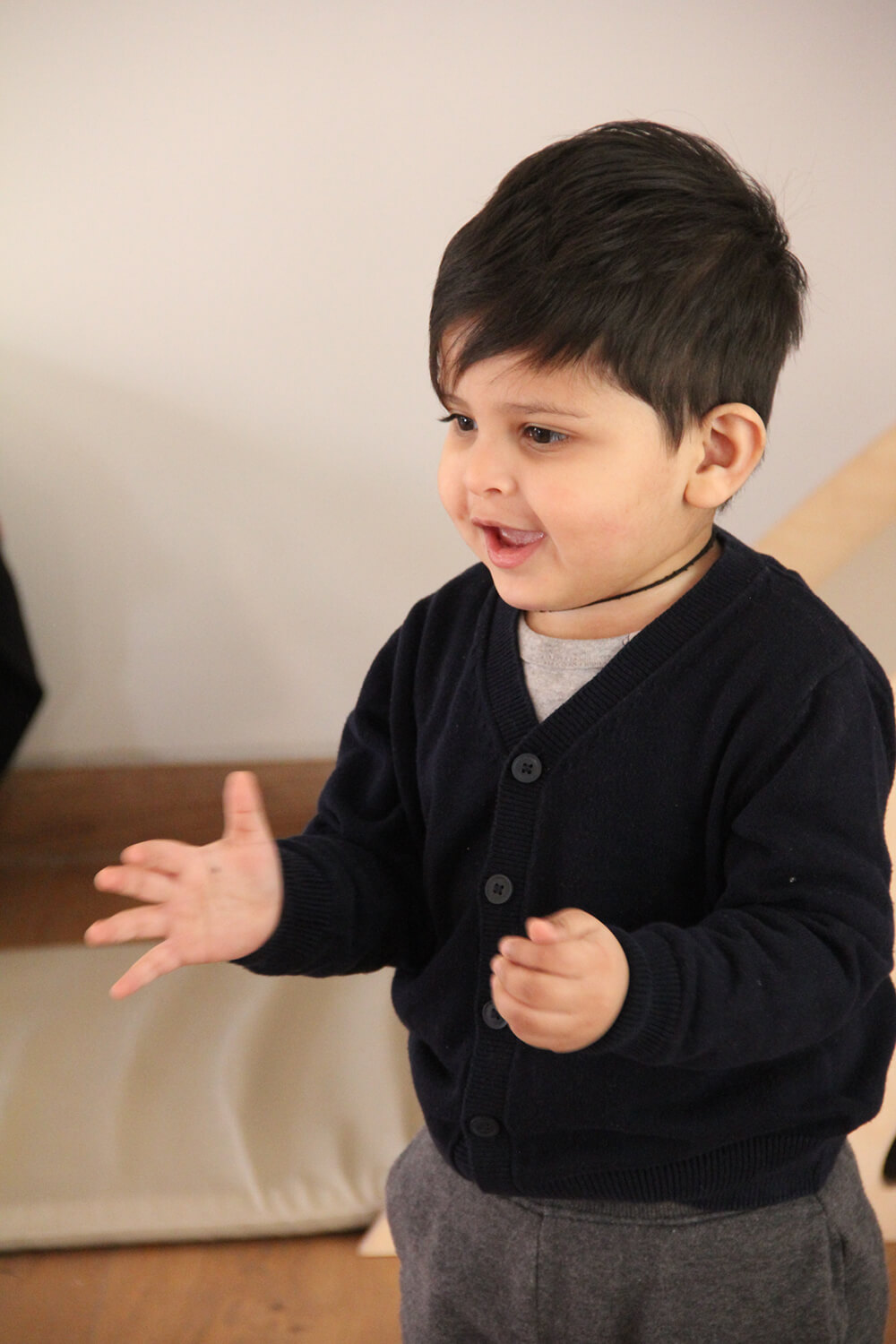
No Comments